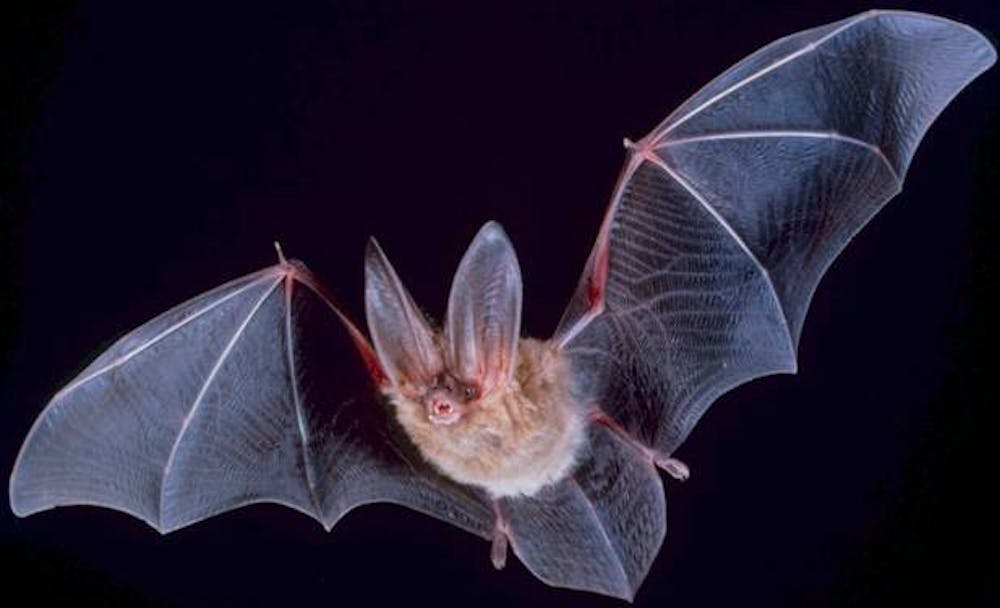Your dog does not tilt its head when you talk to it because it is confused or wants to be cute. Thanks to researchers from Hopkins, we now know this behavior, similar to one observed in bats, is not just for show.
Researchers in the Department of Psychological and Brain Sciences at Hopkins used novel observational recording methods to determine that bats waggle their head and ears to increase the accuracy of their echolocation, the process of sensing the location of objects by producing vocalizations and then perceiving how sound bounces off of them, and more accurately detect prey.
Similar to how dogs may tilt their head from side to side to increase their field of vision since their nuzzle tends to blocks the lower half of their visual field, bats’ head and ear waggles were found to synchronize with the animal’s sonar vocalizations. The interest in this behavior came out of pure curiosity following observations.
“It’s an adorable behavior, and I was curious about the purpose,” Melville J. Wohlgemuth, a postdoctoral fellow Department of Psychological and Brain Sciences, said in a press release. “I wanted to know when bats were doing this and why. It seemed to occur as bats were targeting prey, and that turns out to be the case.”
Wohlgemuth and his team are primarily interested in how the brain is able to sense and process auditory information and vocalizations. Bats are a great avenue for studying this since they use echolocation to track and catch prey. Bats are able to produce vocalizations and then adjust their future movements as well as vocalizations based on the echoes they hear.
In the present study, the researchers first trained bats to stand still on a platform while prey was presented in front of them. After the bats were trained, the researchers attached reflective markers to their head and ears so the bats’ head and ear movements could be precisely tracked with recording equipment. Then the researchers attached mealworms to fishing wire and moved the worms towards the bats in a variety of patterns.
The patterns were both simple and complex. An example of a simple pattern could be movement of the prey towards the bat in a straight line and at a constant speed.
A more complex pattern would consist of moving the prey in a zigzag pattern with changes in speed and time intervals of retreat. The researchers found that when the prey’s movements were more complex, so were the bat’s.
They observed that head waggles occurred when the prey’s direction of movement changed and ear waggles occurred with changes in the prey’s distance. Most importantly, the head and ear movements were coordinated with the bat’s vocalizations, allowing the bat to more accurately locate the position and movement of prey.
Co-author Cynthia Moss added that most studies which aim to understand localization of prey by predators often miss subtle movements like head and ear waggles because they focus on the animal hunting with a fixed head position.
“By studying these movements, we as humans can get insight into how movement helps animals sense their environment,” Moss said in a press release.
Next the researchers hope to look into the neural activity that occurs when this rather complex system of head movements and echolocation is used by bats to target movements of their prey.





